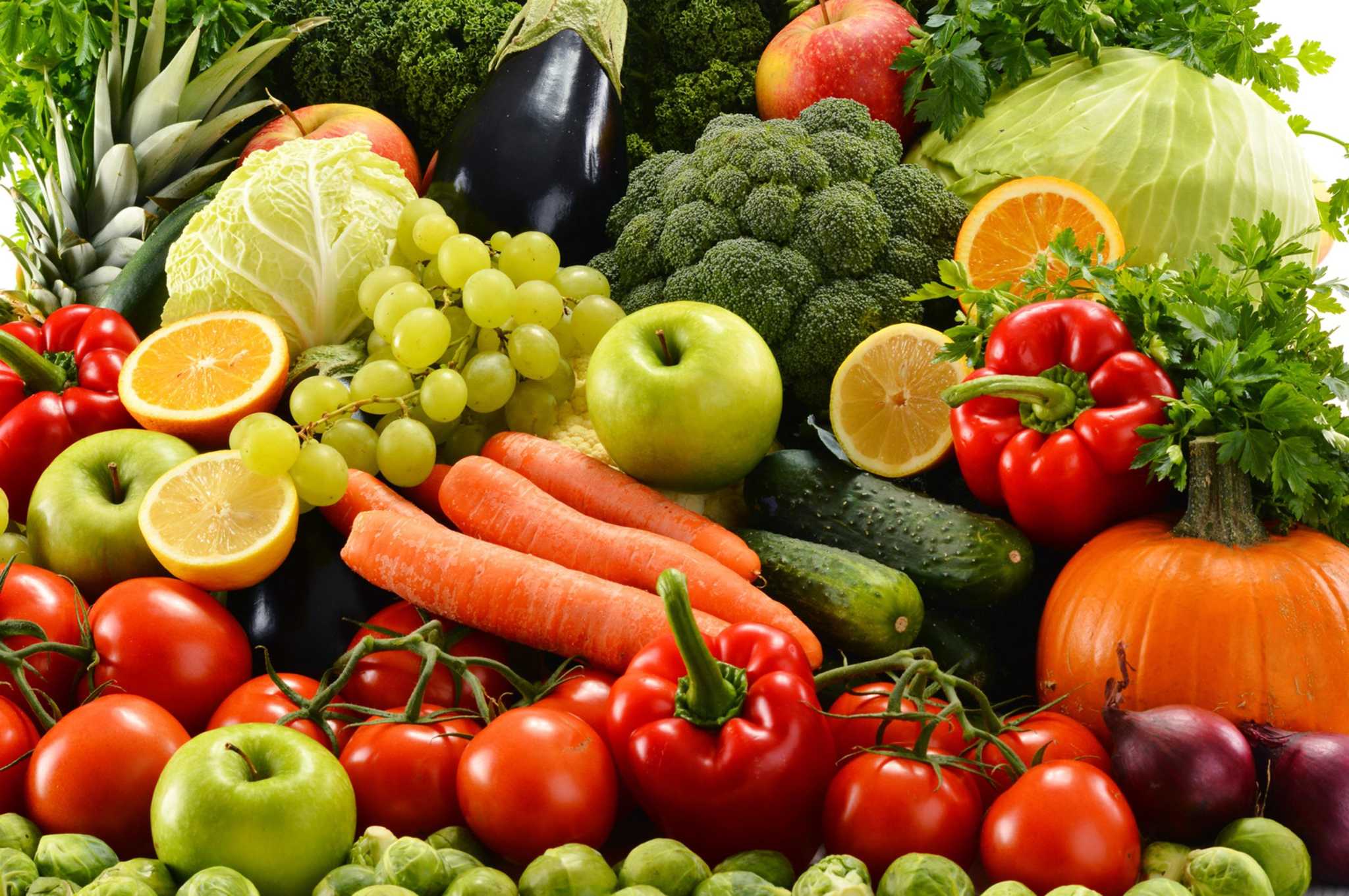It’s reasonably safe to say nobody really wants to eat pesticides. Unfortunately, they can be hard to avoid as many of our collective favorite fruits and veggies are loaded with the stuff.
Buying organic produce is the easiest way to avoid many types of pesticides, but that comes at a steep price with many items costing three times as much as their conventionally farmed counterparts.
The good news here is that not all conventional fruits and vegetables are grown in the same way. Quite a few, including San Antonio favorites such as avocados, sweet corn, pineapple and more, can be produced without deploying an industrial chemistry set over fields and orchards. And that can mean saving money at the store by passing over pricey organic options.
We have an ally in knowing what products on the shelf contain more or fewer pesticides in the nonprofit Environmental Working Group, which just published its annual Dirty Dozen and Clean Fifteen lists in March. The lists are based on analysis of US Department of Agriculture data documenting pesticide use, and you can find them at ewg.org/foodnews/summary.
In addition to avocados, sweet corn and pineapple — the top three items showing the lowest amount of pesticides — onions, papayas, frozen sweet peas, eggplant, asparagus, broccoli, cabbage, kiwi, cauliflower, mushrooms, honeydew melons and cantaloupes round out the rest of the Clean Fifteen list.
That’s not to say those items are completely pesticide free. Environmental Working Group said corn and avocados are the cleanest with pesticide residue present in less than 2 percent of samples. About 30 percent of all the produce items on the list showed some pesticide residue, with 8 percent of the samples testing positive for two or more types of pesticide.
Compared to the Dirty Dozen, those 15 items are by far the best bets if you can’t or won’t buy organic.
So what are the biggest offenders? Bad news, y’all. The list includes a lot of favorites: strawberries, spinach, kale (along with collard and mustard greens), nectarines, apples, grapes, cherries, peaches, pears, peppers, celery and tomatoes.
Samples of kale, collards and mustard greens contained up to 20 types of pesticides. Peppers, both bell and hot chili peppers, were by far the most contaminated with a total of 115 different pesticides found in tests.
Now, it should be said it’s a complete myth that zero pesticides are used in organic farming. The US Department of Agriculture has approved dozens of chemicals for use on organic crops. The key difference here is that nearly all of the organic-approved pest control substances are naturally derived, such as neem oil, which is extracted from seeds.
Pesticides aside, another popular reason people buy organic produce is because many perceive those items to have higher nutritional value than conventionally grown. This is another of many myths about organic food that has been debunked. Researchers at Stanford University poured over hundreds of studies comparing organic and conventional produce, and other than a slightly higher phosphorous level in many organics, there are very few nutritional differences.
One thing that isn’t debated though is the importance of fresh fruits and veggies in all of our diets, so eat your peas — organic or otherwise.
pstephen@express-news.net | Twitter: @pjbites | Instagram: @pjstephen





